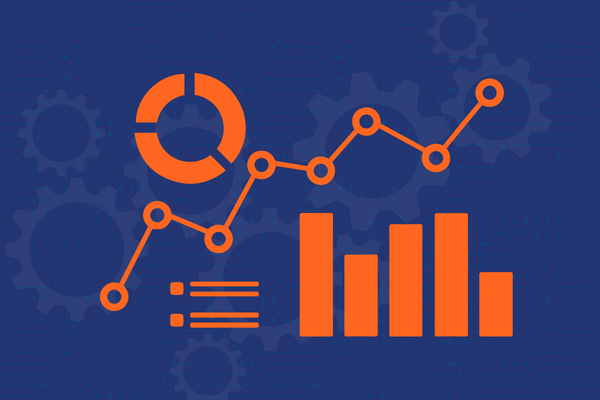Dashboards, a popular topic at nonprofit and for-profit organizations, are part of a much larger topic often called “data visualization.”
Data visualization concerns itself with how to easily convey the meaning behind your numbers, usually using graphical means such as charts and graphs. Data visualization, and dashboards in particular, when done well, help to pull useful information from an organization’s financial and non-financial data.
Before building a dashboard, some planning should be done. To start, you need to ask and answer the following questions:
• What are the “business drivers” (sometimes referred to as KPI’s, key performance indicators) for your organization?
• What do you want to measure and why?
• What are you already measuring?
• What data do you already collect?
• Who is using the data you already collect and how?
• Where will you find the additional data that you need?
• How will you collect the additional data?
• Who will collect the additional data?
• Who will analyze the data?
• Who needs to see the data?
• How will the data be used to drive the organization?
• At what frequency will the data need to be reported? For example: daily, weekly, monthly, quarterly, or annually?
• What software tools will be needed to hold the data?
• What software tools will be needed to report the data?
• What format should the reporting of the data take? For example, spreadsheets, memos, charts, graphs, etc.
• What level of detail will be needed when reporting the data?
• Are real-time reports needed or will static reports be sufficient?
• How will users view the data: on paper, computer, tablet (or other?)?
• Does your staff have the capacity to answer all these questions?
• Does your staff have the capacity to implement the data collection, analysis, and reporting of your information in dashboards?
• Do you need to bring in outside expertise to move this effort forward (pardon the plug, but call us at YPTC if you do)?
• What will all this cost and how will you pay for it?
• Lastly, but most importantly, what are the expectations as to whether the benefits from all the above will be worth the time, effort, and expense of going down this road?
Our firm uses data visualization techniques and dashboards to help our clients better understand the information behind their numbers. Feel free to reach out to our Data Visualization Group to see how we can support your dashboard needs.






